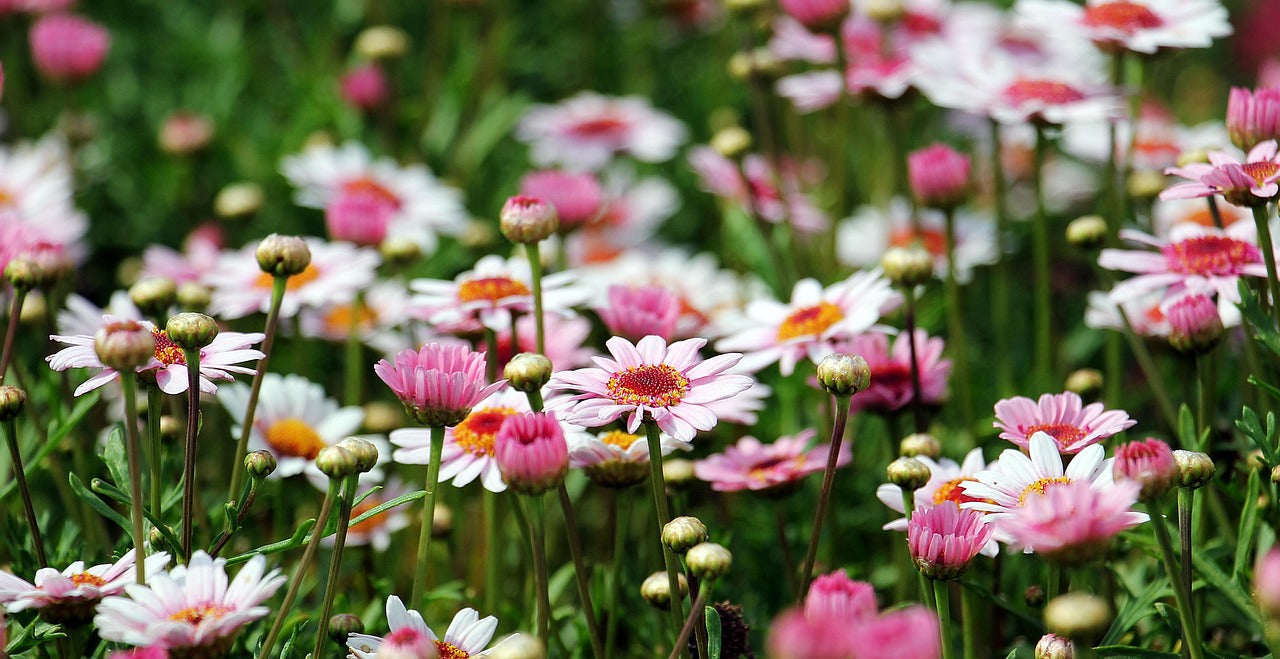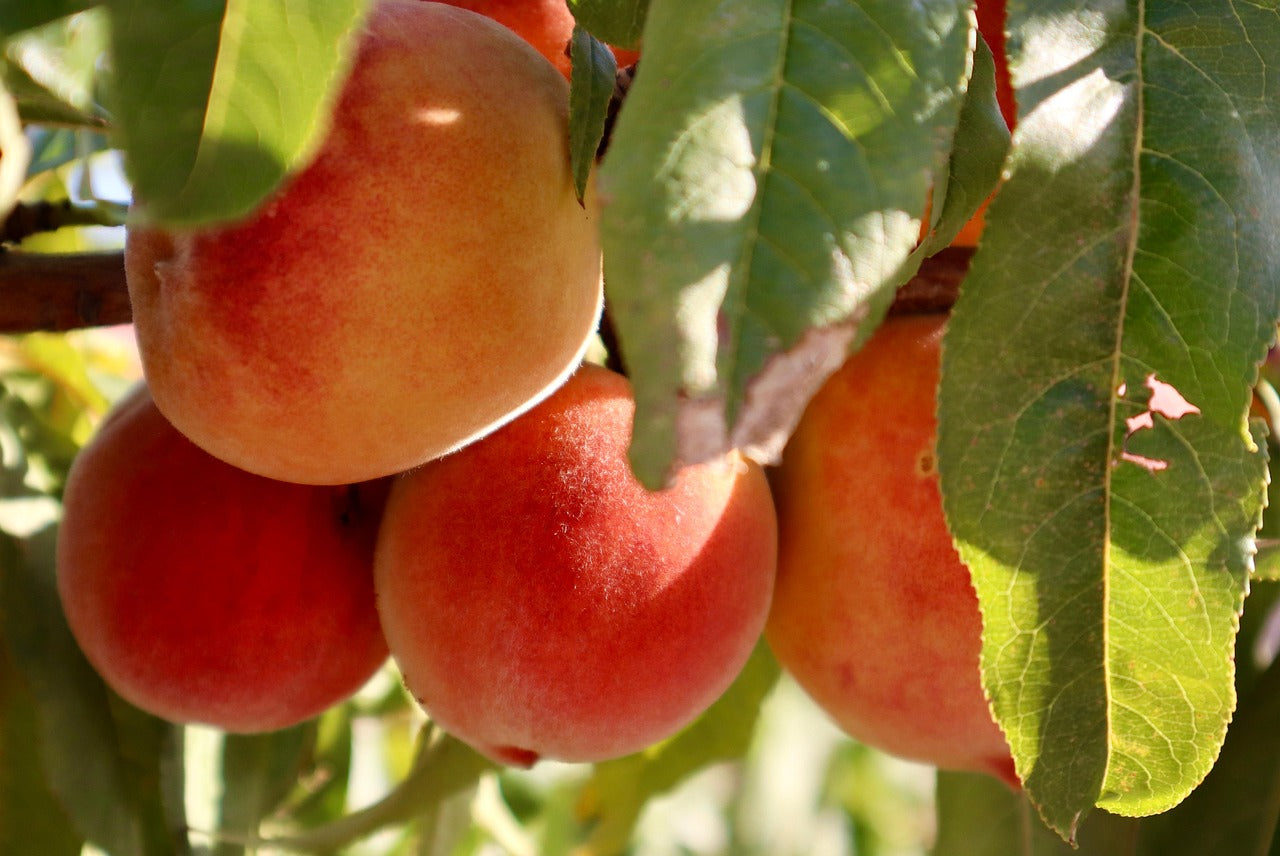Positioning your indoor plants
All plants have likes and dislikes. The key is simply to read the plant labels carefully. Below is a guide that will help you decide which room will best suit your new plant.
Living Room – Generally well lit and warm: African violets, spider plant, croton, weeping fig, flowering begonia, kalanchoe, poinsettia, radermachera, kentia palm.
Dining Room – Varies warm/cold: Azalea, Christmas cactus, peace Lily, dracaena marginata, umbrella plant.
Kitchen – Well lit and warm during the day, cold at night: Geranium, chrysanthemum, parade rose, cacti.
Bathroom – Warm and humid: Maidenhair fern, Boston fern, bird’s nest fern.
Bedrooms – Well lit but cool: Bottle gardens, cyclamen, ivy, hyacinth, parade rose, geranium.
Hallways – Shady and cool: Grape Ivy, parlour palm, peace lily
Porch – Light but not heated: Ivy, primrose, yucca, polka dot plant, dragon tree, kalanchoe, freedom bells.
Caring for indoor plants
Watering
Most indoor plant failures are caused by over watering. People are just too kind! Be particularly careful in the winter, when plants may only need watering once a fortnight. Check your plants once a week. If you can feel no moisture when pushing your finger into the potting mix, the pot should be watered. Fill the pot to the top with water. A few minutes later, throw out any excess left in the saucer. Leaving the excess water can cause the roots to rot. Certain plants like African violets and cyclamens should be watered by immersing the pot in a bowl of tepid water. Top watering causes the stems to rot. Allow the pot to drain before returning to its saucer.Wondering how and when to water your houseplants? Check out our guide here
Feeding
An easy and convenient way to feed indoor plants is with a slow release fertiliser that will sustain your plant for up to 6 months. Gro-Sure Houseplant Pump'n'Feed is the perfect food for your houseplants. It boosts growth and encourages green, glossy foliage. Houseplants do not have the same requirements as they do in Summer. Feed rarely, as with outdoor plants, houseplants need a time of little growth. Freshly potted plants will not need feeding for up to 4 weeks.Warmth
Choose plants carefully to suit the temperature of your home. Sudden temperature changes will damage almost all plants. Avoid placing plants too close to a window as direct sunlight or coldness can damage the plant resulting in brown marks and dryness or bleaching of the leaves.Grooming
Make it a practice to “look over” your plants when checking if they need watering. Check under the leaves for insects and diseases. Dust on the foliage clogs leaf pores and stops the plant from breathing. Wipe the leaves with a damp cloth. Smaller leaved plants such as ferns and palms can be mist sprayed with water regularly. Pinch back the growing tips of tall, leggy plants for a more compact, bushy plant. Leaf spots and damage can be removed with a sharp razor blade.Re-potting
Indoor plants are best re-potted during the warmer months, from October through to March. If the roots start to emerge from the bottom of the pot, or the potting mix dries out rapidly, it is time to re-pot. Water your plant well before transferring to a larger pot. Put a layer of new potting mix in your new pot (one size larger than the old pot) and place the plant (in its old pot) on top, with the rim of both pots at the same level. Fill with potting mix (never use garden soil) between the pots, to 1cm below the rim to allow for watering. Tap out the plant from its existing pot and place it in the new one. Water well and allow to stand in a cool place for a few days.Pests, Diseases & Ailments
Prevention is better than cure, so try to keep your plants in their ideal growing conditions to keep them as strong and healthy as possible. Always isolate your infected plant to prevent the infestation spreading. For further information please refer to Palmers Guide to Pest & Disease Control. Or take a sample from the infected plant to your local Palmers garden centre. Some commonly found household pests:
Whitefly: Look like tiny white flies, which fly around when disturbed.
Aphids: Clusters of insects gathered around the growing tips. New leaves curl and become distorted.
Botrytis: Brown spots and blotches appear on leaves and sometimes stems. Under humid conditions, grey mould on leaves, flowers and stems. Reduce humidity and increase air movement. Space plants out. Remove dead flowers and leaves regularly. If problem persists, spray with Fungus and Mildew spray.
Mealy Bugs: Look like woolly patches under the leaves or on the stems. Badly infected plants should be discarded.
Red Spider Mites: Tiny yellow, brown, or red mites on undersides of leaves. They produce fine cobwebs. Mist regularly to increase humidity. To control, spray with Mavrik at regular intervals
Scale Insects: Small hard yellow, brown insects cling to stems and leaves. Generally scrape off the scales using tepid soapy water, then rinse. To control, spray with an oil based product such as Conqueror Oil. Repeat applications may be necessary
Mildew: White powdery patches on stems & leaves.





